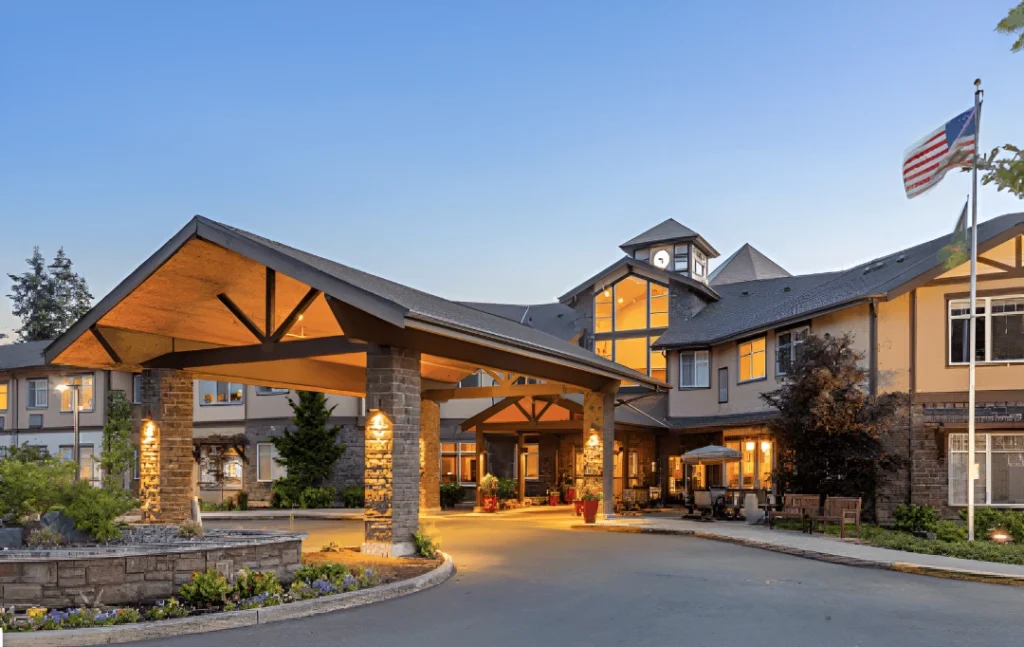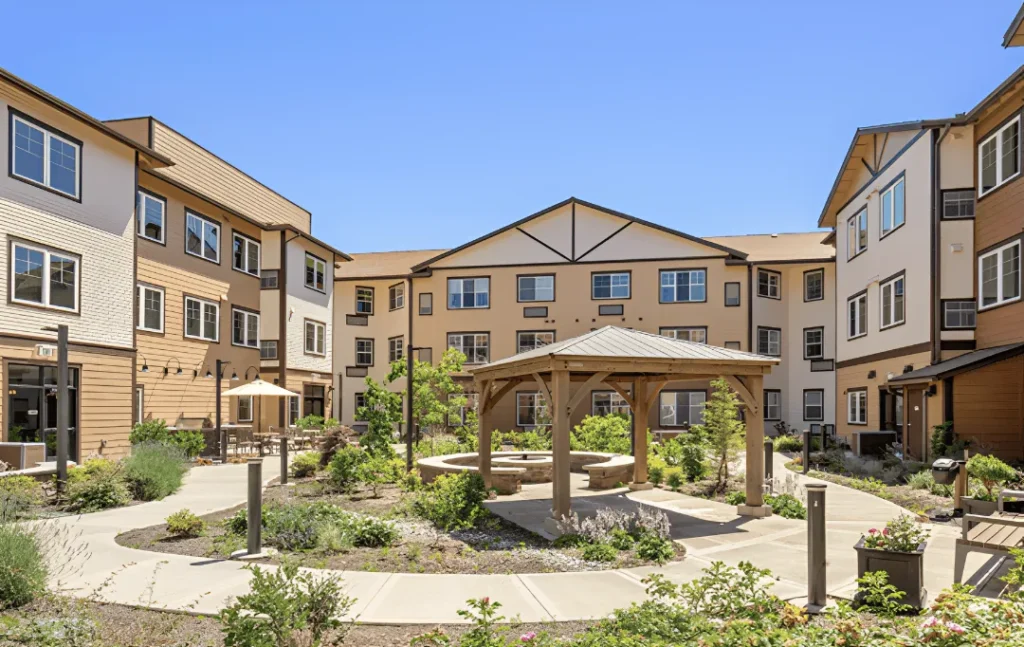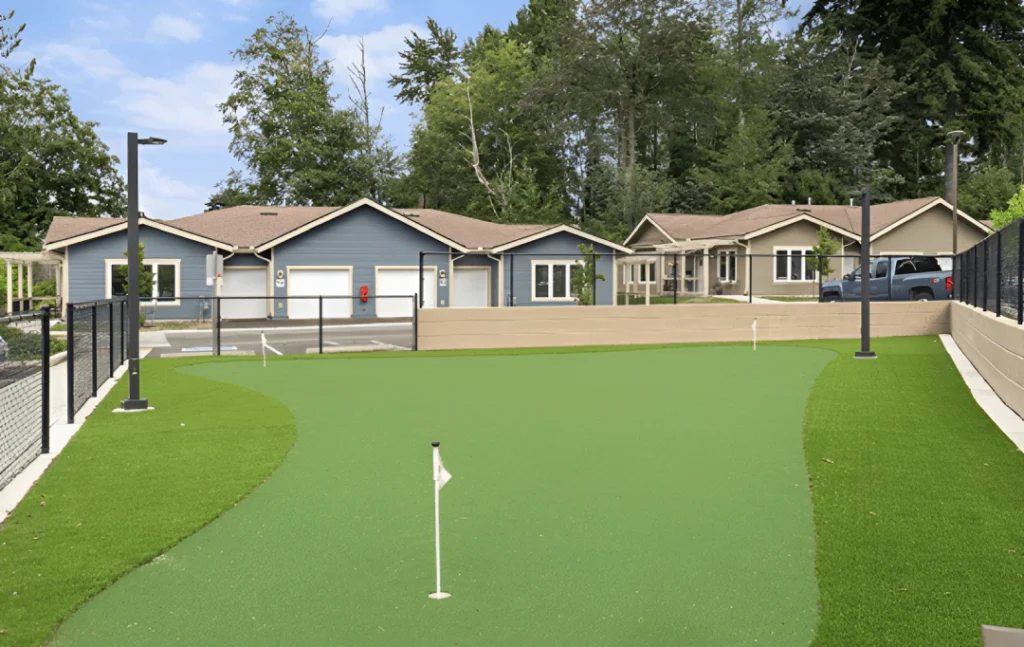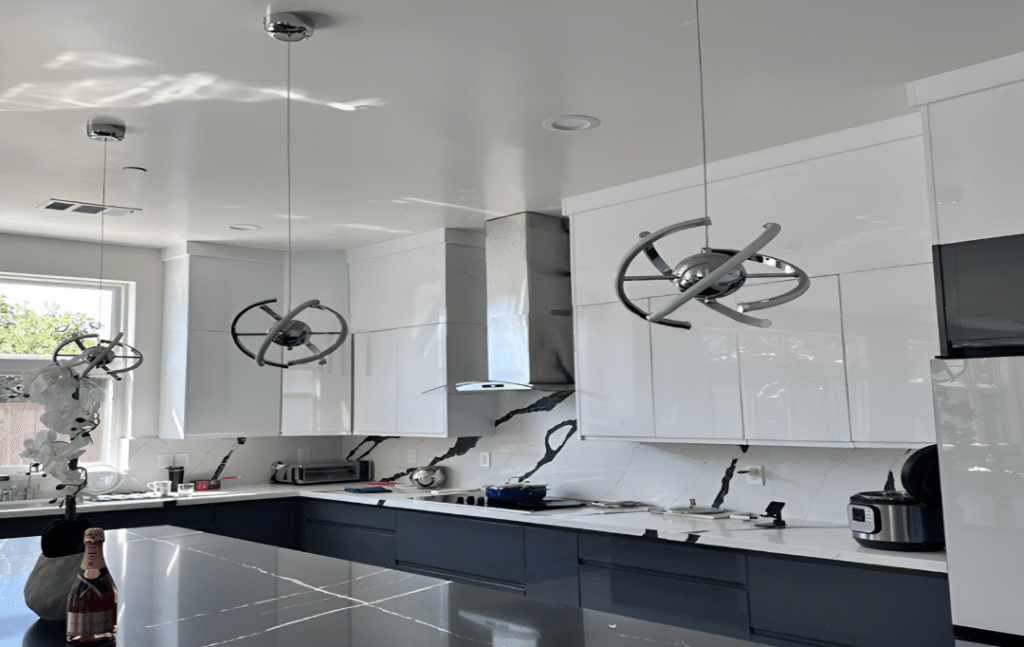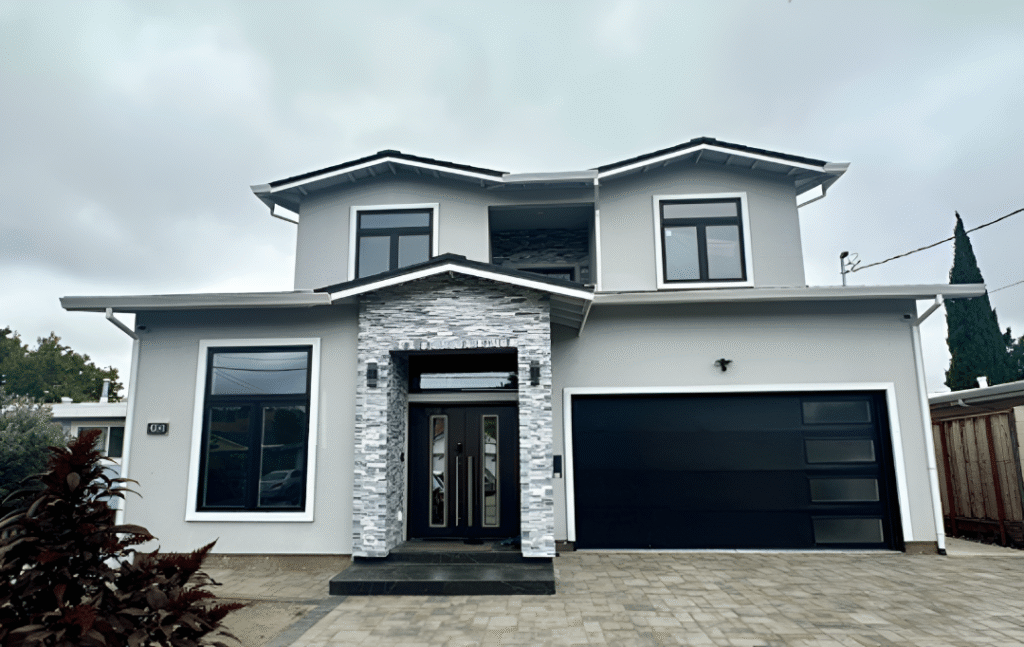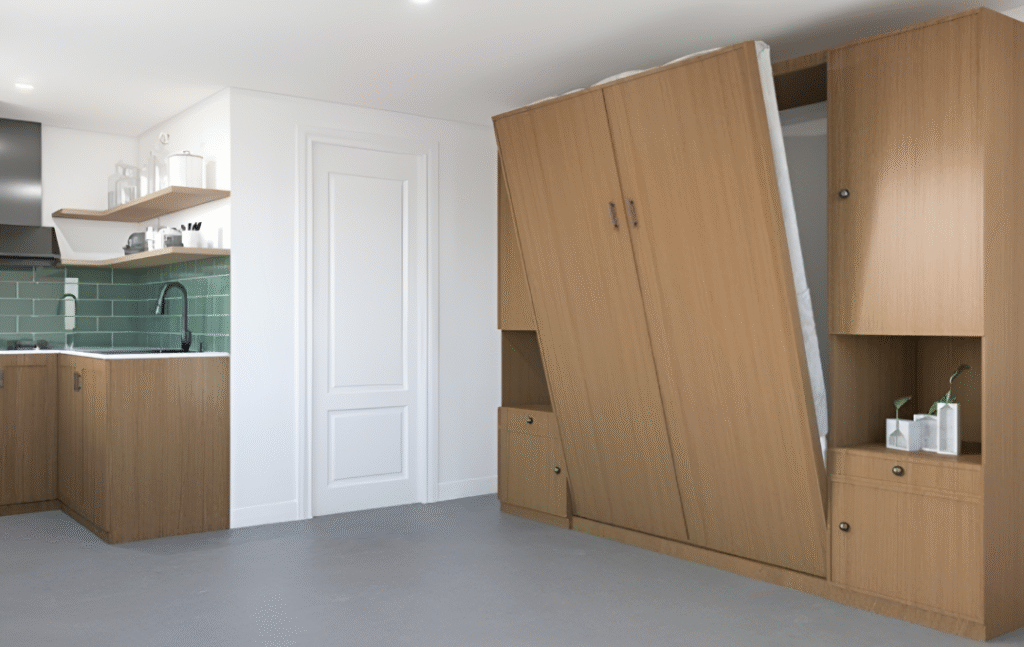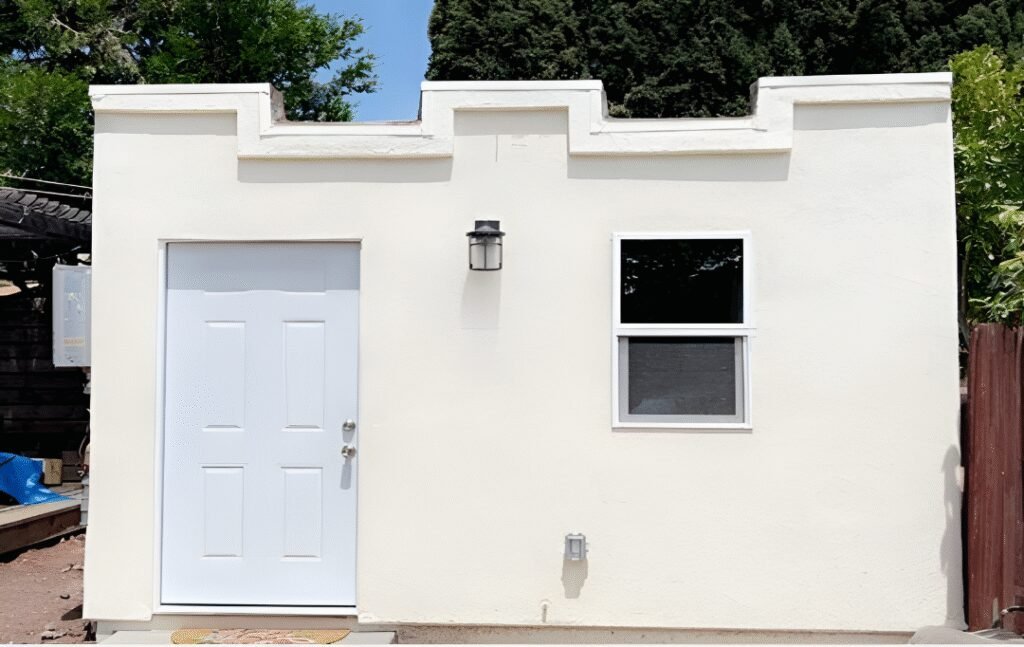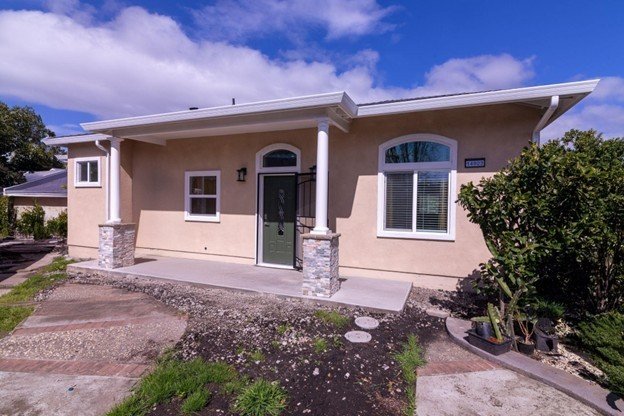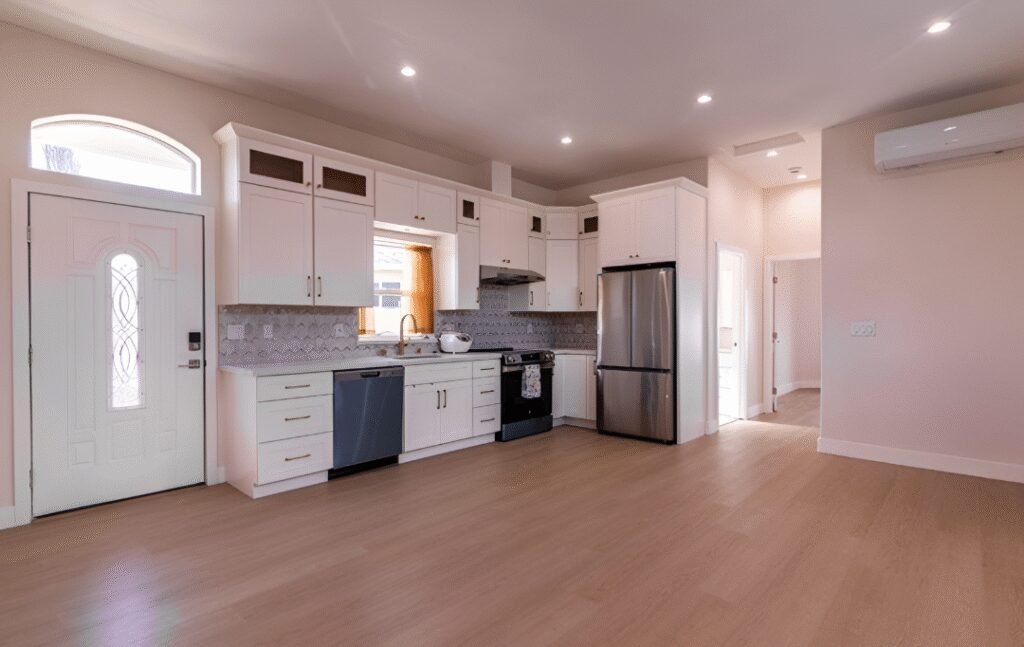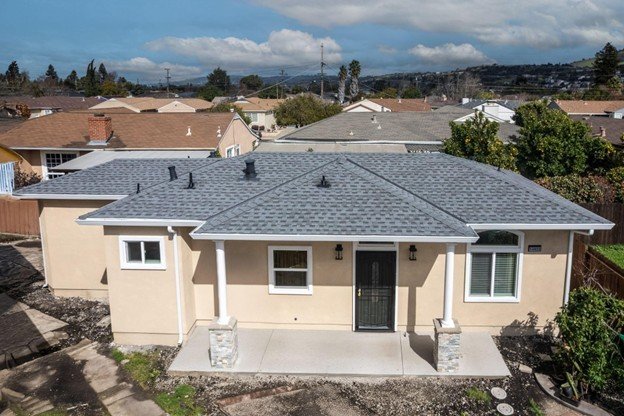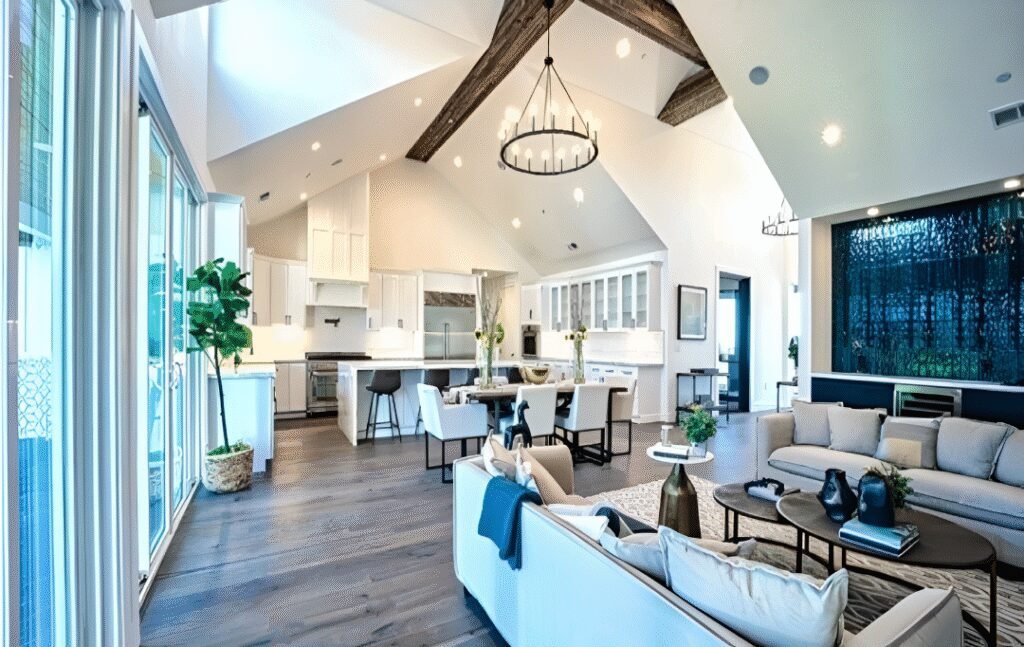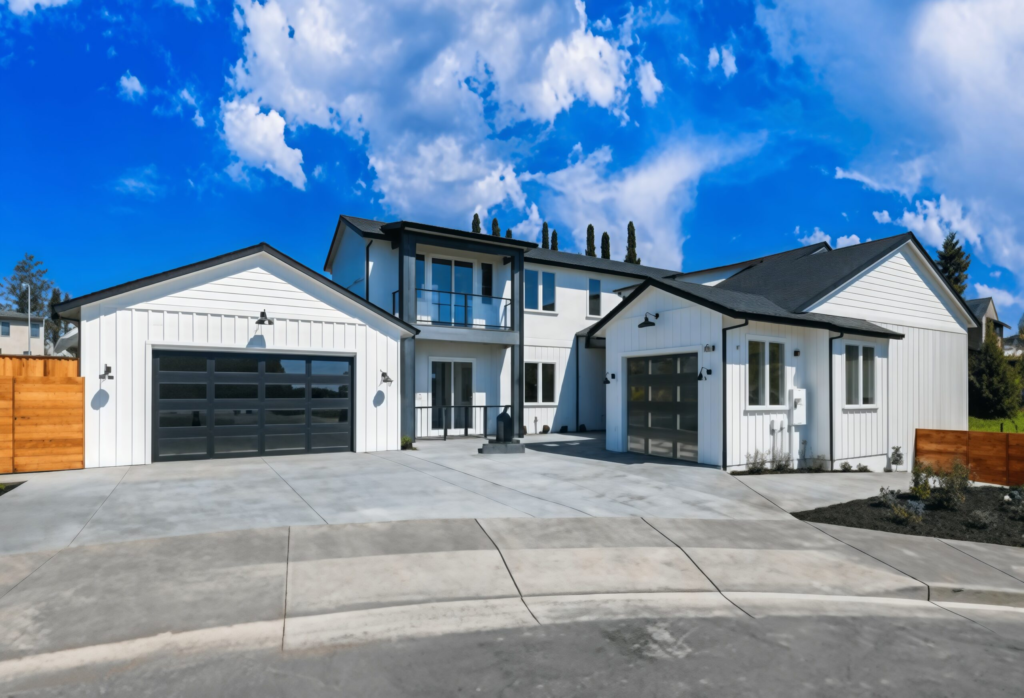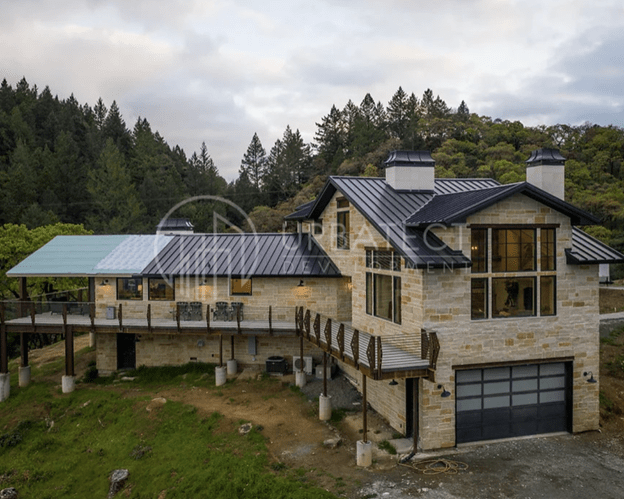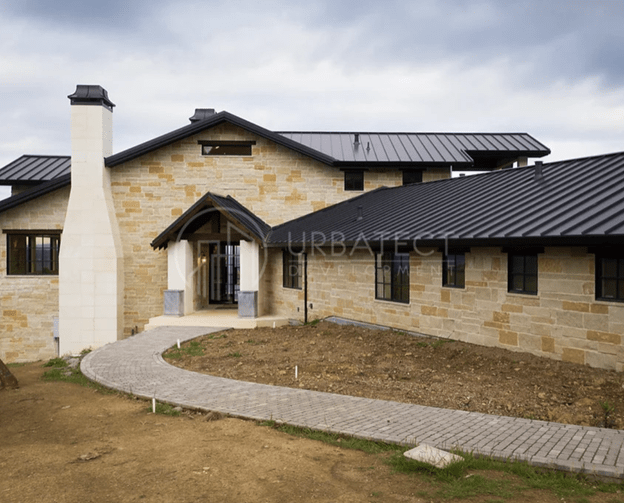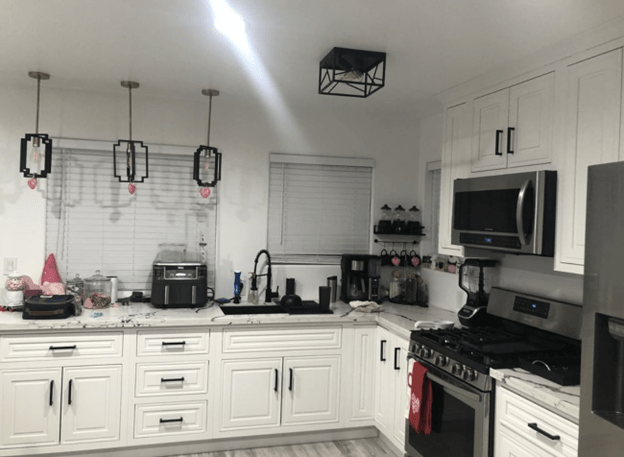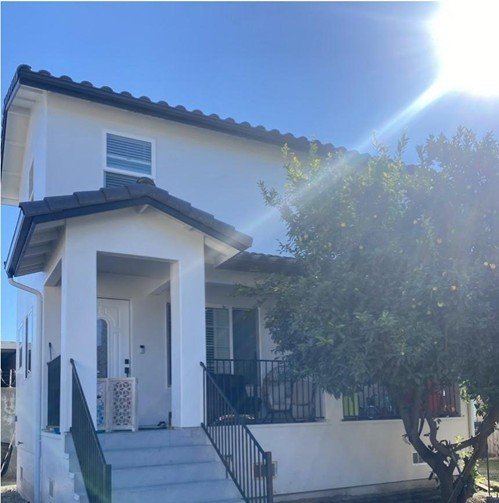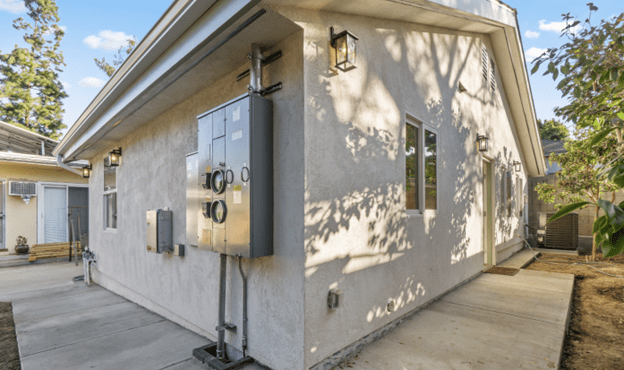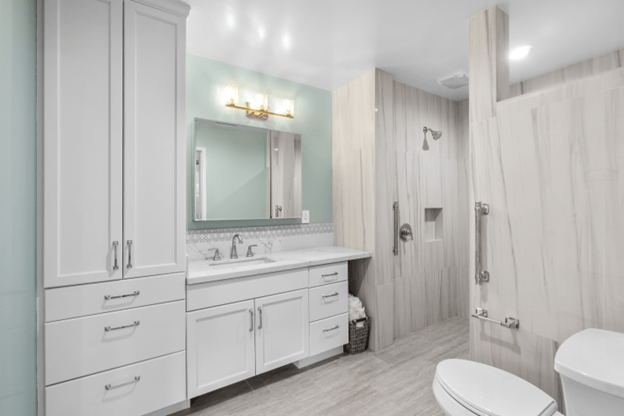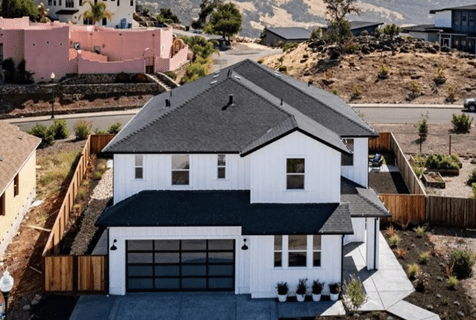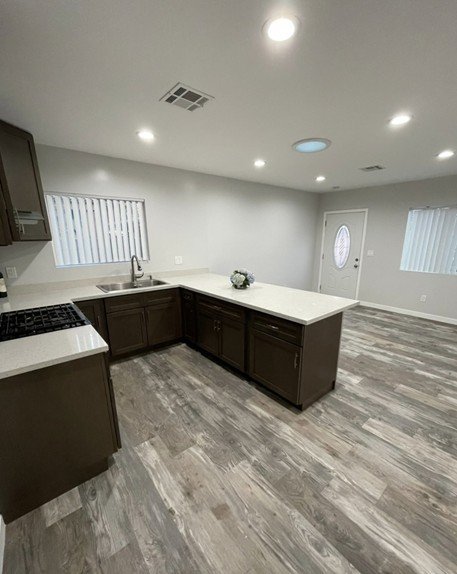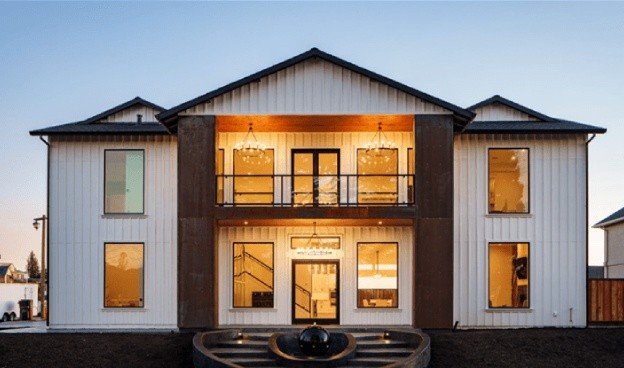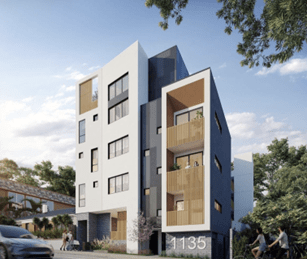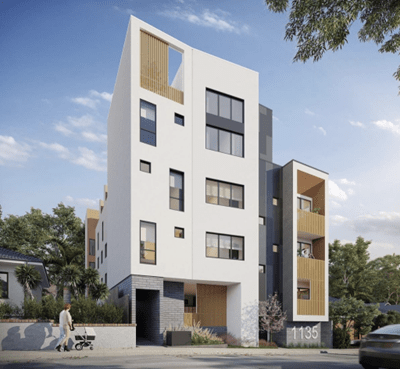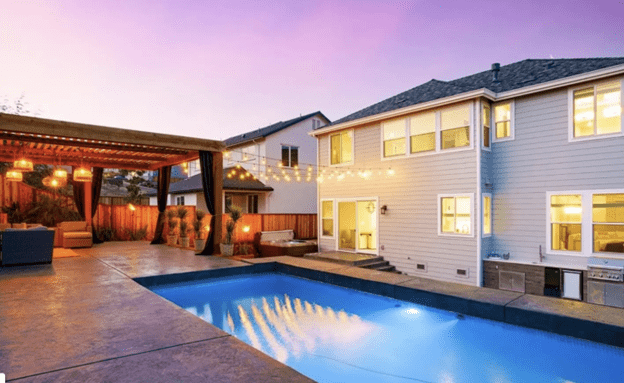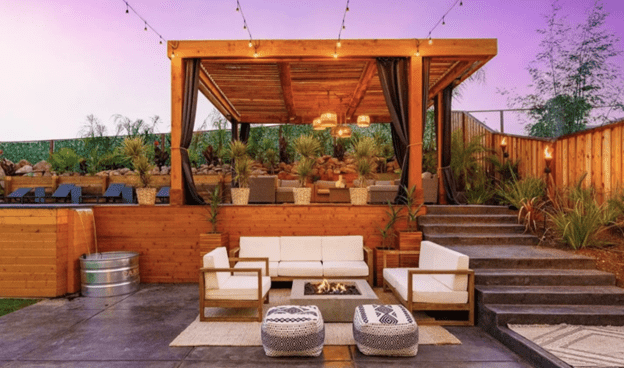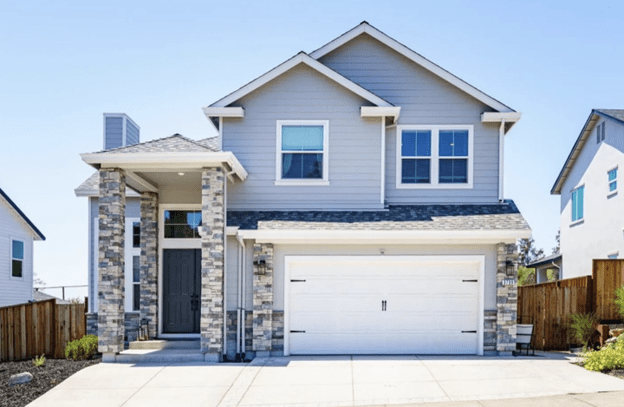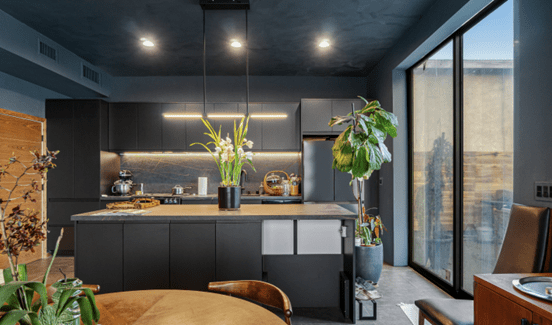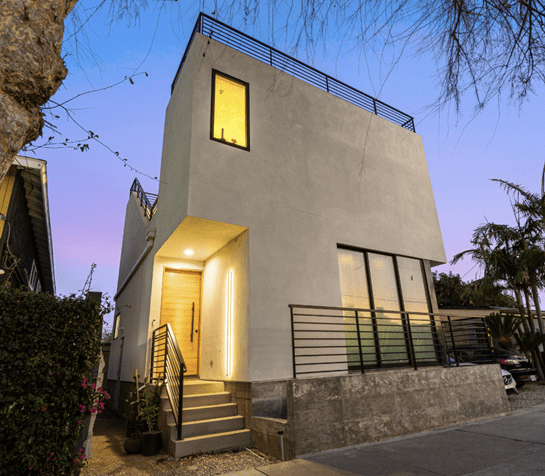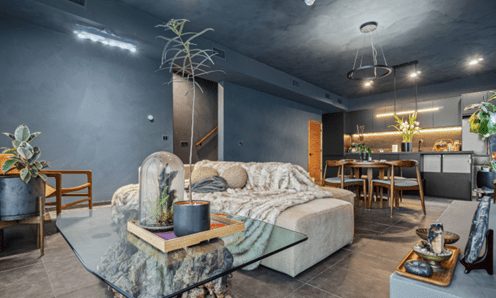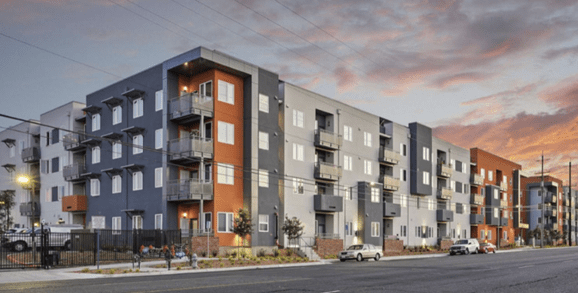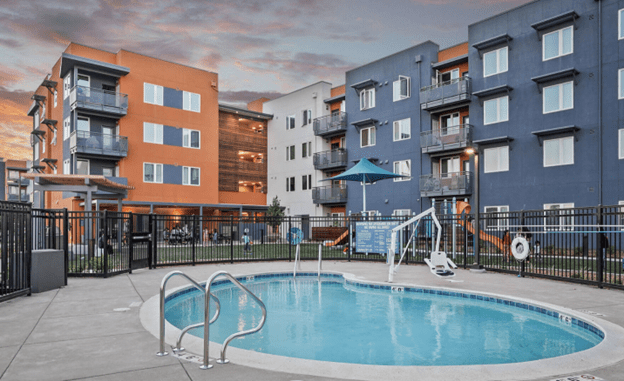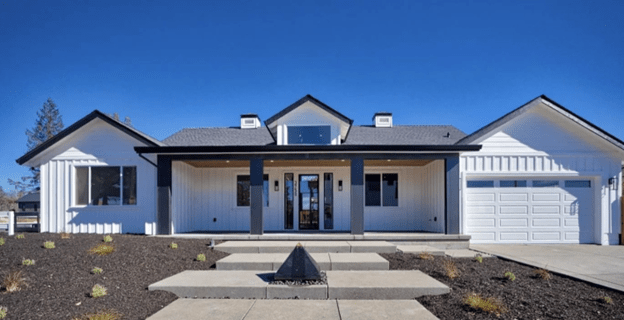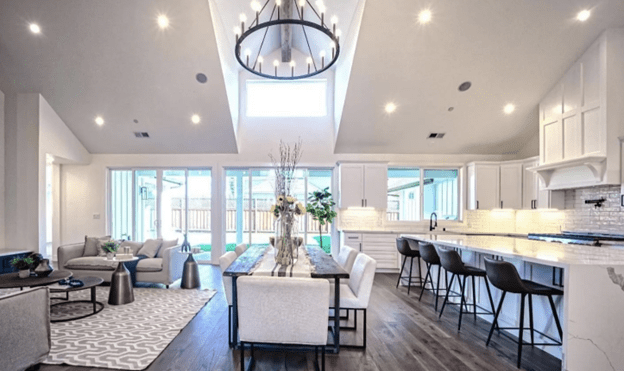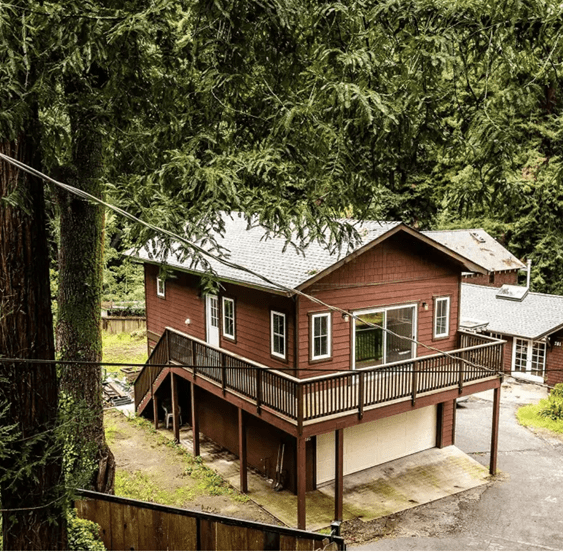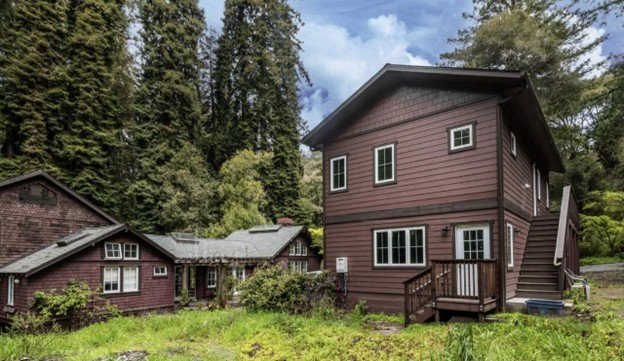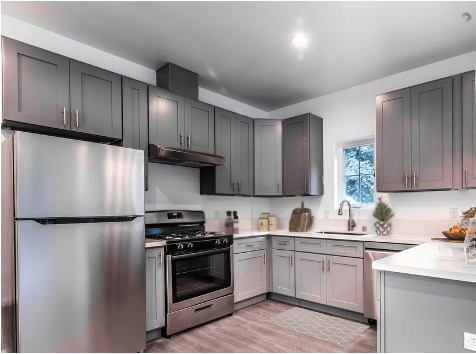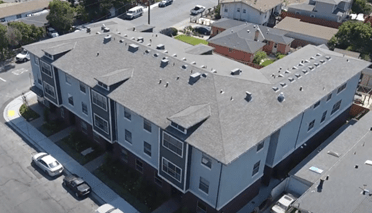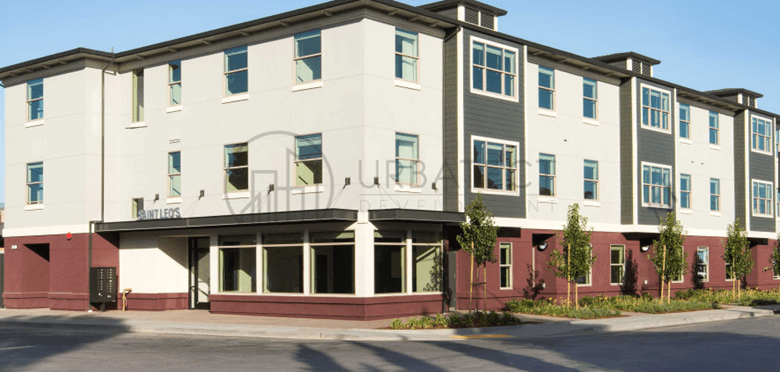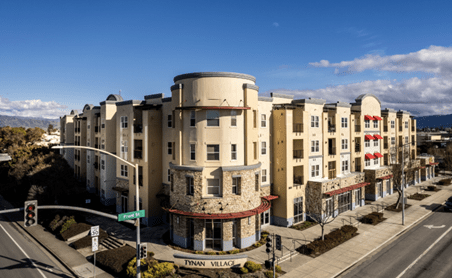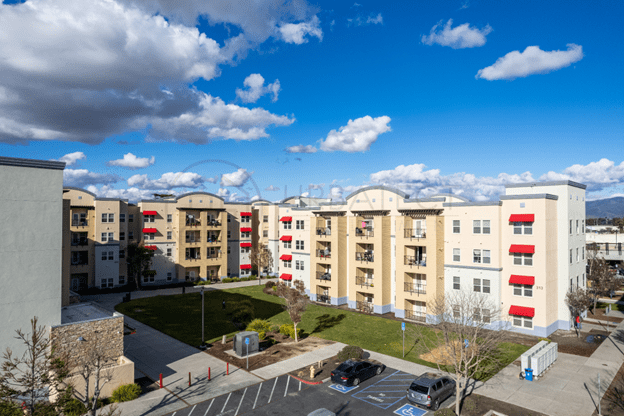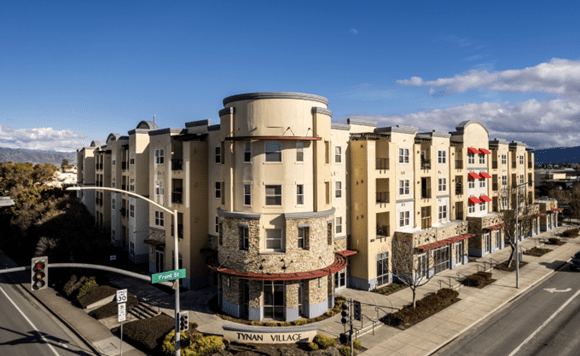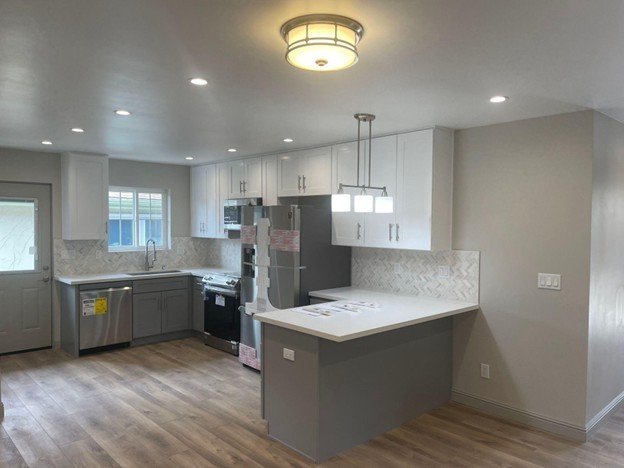Trusted Design-Build Experts For Residential & Commercial Projects
Let’s Build Your ADU—Your Way!
Ready to turn that ADU dream into reality? Whether you’re looking to design a custom ADU or want to fast-track things with a ready-to-build plan, we’ve got options that fit your style, timeline, and budget.
Custom ADUs

Custom ADUs
Build-Ready ADUs

Build-Ready ADUs
Our completed ADU projects
Custom ADUs: Perfect Fit for Your Home & Lifestyle
What’s an Accessory Dwelling Unit (ADU)?
Think of an ADU as your property’s hidden gem.
Also known as a granny flat, in-law suite, or backyard cottage, an ADU is a private, self-contained mini-home built right on your lot. It includes its own kitchen, bathroom, and entrance—perfect for hosting guests, housing family, or earning rental income.
And here’s the best part: California & Washington laws now make it easier than ever to build one. Whether you’re looking to add space, boost property value, or generate income, an ADU is a smart, flexible solution. Let’s make it happen!

Types Of ADUs
1. Attached ADUs


2. Detached ADUs
Stand-alone structures located on the same lot as the primary home. These units are fully independent and offer complete privacy. Examples include one story or two story backyard cottages, studio units, casitas, or converted outbuildings. Detached ADUs are ideal for homeowners who want to maximize space without altering the existing home. They offer added privacy and are a great option for generating rental income.
3. Interior ADU
Created by converting a part of the existing home into a separate living space. These can include basements, attics or even an entire floor. Interior ADUs are a great way to utilize underused space within the home while maintaining the property’s original footprint.


4. Garage Conversion

ADU Benefits
More space
More space
Higher property value
Higher property value
Passive rental income
Passive rental income
Home for Loved Ones
Home for Loved Ones
Our Step by Step Approach
1,000+ Happy Customers.
Real Stories, Real Results.
Trustindex verifies that the original source of the review is Google. Hi, I’m a contractor from Seattle, WA and I want to share with you my experience with Urbatect Development LLC. I had a Garage construction group up project, I looked for a good architect and thanks god I found Eric and his team. They are responsive, polite and professional. The most important thing for me was the fast delivery! They took care of all the little details and I so appreciate it. Whether you are a contractor or a homeowner, You should call Eric and his guys to get help with your project. Much appreciated!Trustindex verifies that the original source of the review is Google. Absolutely easy and hassle free to work with. We worked with Mayank and the process couldn’t be more seamless. He was responsive and available to clarify questions, timeline updates and in the end provided a high quality deliverables. We’d work with him again if the opportunity arises and happily refer them to anyone else looking for help with their homeTrustindex verifies that the original source of the review is Google. Urbatech is a great company. The team takes the time to listen and even finds more practical ways to complete the project. They never pressure their customers, and I truly enjoyed working with them. I highly recommend their services.Trustindex verifies that the original source of the review is Google. We are currently in the process of getting our ADU built by Urbatect, and we just finished the design phase and submitted our plans to the city. Our experience with Urbatect has been very pleasant so far. First we met with Eric and he was very responsive and on top of everything. Tbh his attitude and customer service made us to go with Urbatect in first place. But Akanshka and Christoper in the design team have also very kind and professional. They listened to our needs and made sure that the ADU design met our preferences and needs.Trustindex verifies that the original source of the review is Google. Working with Urbatect Development on the planning and design of my project was a truly positive experience. The team was attentive and took the time to understand my needs, quickly delivering detailed plans and calculations. Their communication was excellent, keeping me informed at every step. The design process felt smooth and collaborative, giving me confidence in moving forward with my project. I highly recommend Urbatect for anyone seeking a responsive and knowledgeable design partner.Trustindex verifies that the original source of the review is Google. I used Urbatect for the structural review of my renovation plans. Mayank and his team were very prompt with their work for any follow up that was needed by the city as well. Overall a great team to work with. Highly recommended!Trustindex verifies that the original source of the review is Google. I had a wonderful experience talking with John Soliz, we then had a Zoom meeting with some of my family which proved to be professional and very informative. I truly appreciated his time and expertise.Trustindex verifies that the original source of the review is Google. I’ve been talking with John Solis about building an ADU over my garage and he has been super helpful and communicative. He’s very knowledgeable and has shown us the process and options for our space. We look forward to working with Urbatect in the near future. Thanks John!
The Urbatect Advantage
- 1. One-stop Solution With Expert Project Management, Design, Permit & Construction Team.
- 2. Flexible And Customizable Design-build Solutions With Allowances To Choose Your Own Finishes.
- 3. Budget Transparency & Cost Control With Fixed Pricing That Protects Against Labor And Material Cost Increases For 16 Months.
- 4. 25–30% Faster Project Completion Without Compromising Quality.
- 5. Dedicated Permit Technician & 30% Faster Permit Expediting.
- 6. Advanced Technology & 3D Visualization.
Call Us Now!
(669) 201-0805
Email Us
info@urbatect.com
Book an Appointment
Schedule a free consultation
What Sets Us Apart
Licensed
& Insured
FAQs
The full process of designing, permitting, and constructing a new accessory dwelling unit (ADU) typically takes 10 to 16 months, depending on the complexity of your project, city processing times, and coordination with you throughout each phase. Here’s a general breakdown:
● Design & Permitting: 2 to 4 months
This typically includes concept plans, schematic and design development, and Title 24 compliance. Multiple design meetings and revisions are typically included during this phase to ensure your vision is fully incorporated in the design.
● Permitting: 3 to 4 months
Once plans are submitted, the city reviews them in plan check cycles. Timelines vary by jurisdiction and can depend on the city’s backlog as well, and may include revisions to the plans based on city feedback before final permit issuance.
● Construction: 5 to 8 months
Construction duration typically depends on unit size, complexity, site conditions, and city inspection timelines. This includes everything from site prep and framing to MEP installation, finishes, and the final Certificate of Occupancy.
We aim to complete ADU projects in 10 to 12 months whenever feasible, but always advise planning for up to 16 months to account for external delays.
In California, the maximum size of your ADU depends on whether it’s attached or detached, your lot size, and your local city or county’s zoning regulations.
- Detached ADUs are allowed up to 1,200 sq. ft. in many areas, but state law requires all jurisdictions to permit at least 800 sq. ft., regardless of lot coverage, setbacks, or floor area ratio limits.
- Attached ADUs can typically be up to 50% of the size of your primary home, but must be allowed at least 800 sq. ft., even if 50% would be less.
Local ordinances may allow more—but cannot restrict you below these state minimums. Every property is unique and may have specific conditions—such as lot configuration, easements, setbacks, or local overlays—that impact the maximum ADU size.
We offer a free property-specific assessment as part of our initial process—even before a contract is signed—to help define your scope and guide you clearly. Contact us at (559) 412-8841 or info@urbatect.com, and we’ll assess your site to confirm the maximum ADU size allowed under your city’s rules.
Adding an ADU is not just a smart way to maximize your property—it’s a long-term investment that boosts value, generates income, and offers greater flexibility for your evolving needs. Here’s why building an ADU makes strong financial sense:
- Boosts overall property value
- Builds equity immediately by adding livable square footage and a permitted unit to your asset
- Strong return on investment (ROI) in both resale and rental markets
- Generates passive rental income - short- or long-term
- Offers flexibility for future use (guest house, home office, aging parents, etc.)
- Provides private space for family or visitors
- More cost-effective than buying a new property or undertaking major home additions
- Adds diversification to your real estate investment portfolio
- Supports sustainable living with compact, energy-efficient design options
No—owner-occupancy requirements have been eliminated for ADUs across California, with the exception of Junior ADUs (JADUs). This means you’re not required to live on the property to rent out your ADU. However, JADUs still require the property owner to reside on-site, either in the main home or the JADU.
Not necessarily. While pre-approved plans can be faster to permit, they still need to meet your specific site conditions and local city regulations, which can result in costly changes or delays if they don’t align perfectly. At Urbatect, we specialize in custom solutions that are designed to minimize revisions, avoid surprises, and ensure smoother permitting—helping you save time and money in the long run.
